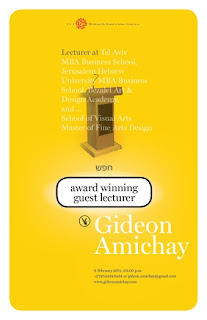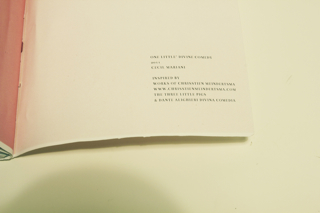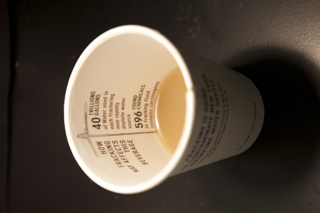22.2.12
Artictic Influence map for Milton Glaser's Design & Intention class
13.2.12
Brewing Tears into Tea
Project: “Brewing Tears into Tea” consists of three volumes. This book of poetry was made with an idea of rediscovering the beauty of used materials and found objects.
I have been fascinated by the unexpected form and shape of used materials such as packaging, crumpled printed papers, brochures. I find myself collecting bunches of these things since I came to New York. Finding the beauty in trash paper products and writing the poetry itself felt like brewing tears into tea.
With this book I’d like to share the experience, the tension and relevance between tears (the precious tangible extract of human emotion), and tea (the simple things we consume every day). These every day things may be expendable, they may even be recycible, and I happen to see them as inspiration for poetry—to be shared and enjoyed.
Gideon Amichay Speaks on Thursday Feb 09, 2012
Israeli designer and design strategist samples his innovation approach at Thursday’s Guest Lecture Series.(Posters by Cecil Mariani) http://design.sva.edu/site/blog/show/651
Divine Comedy from a pig point of view
Student: Cecil Mariani
Project: “One Little Piggy: Divine Comedy.”
This bifurcated book looks at the pig as an object for food, and as a sentient being.
Project: “One Little Piggy: Divine Comedy.”
This bifurcated book looks at the pig as an object for food, and as a sentient being.
I come from Indonesia where a majority of people consider pork products an abomination based on Muslim spiritual beliefs. I grew up in a Chinese family, a cultural minority who actually consume pork all the time without a problem. The idea for this bifurcated book grew out of my fascination for cooking and enjoying tasty pork mixed with feelings about the sad fate of an industrial pig here in America. I decided to combine the tale of the three little pigs with Dante Alleghiery’s Divina Comedia. Upon further research I also discovered the Dutch artist Christtien Meinderstma, who catalogues 180 different products made out of one pig. Her amazing works and research provided me with more startling facts for my book.
One little Piggy Divine Comedy is divided in three chapters: the Piglet Inferno, the Piglet Purgatorio, the Piglet Paradiso. There is a linear plot with double stories about the fate of a pig from the cage to the butcher (inferno), into the afterlife as products that weave into our everyday life (purgatorio), which in the end rise to be inspiration and a source of discourse (paradiso).

6.2.12
Subscribe to:
Comments (Atom)















































































































































































